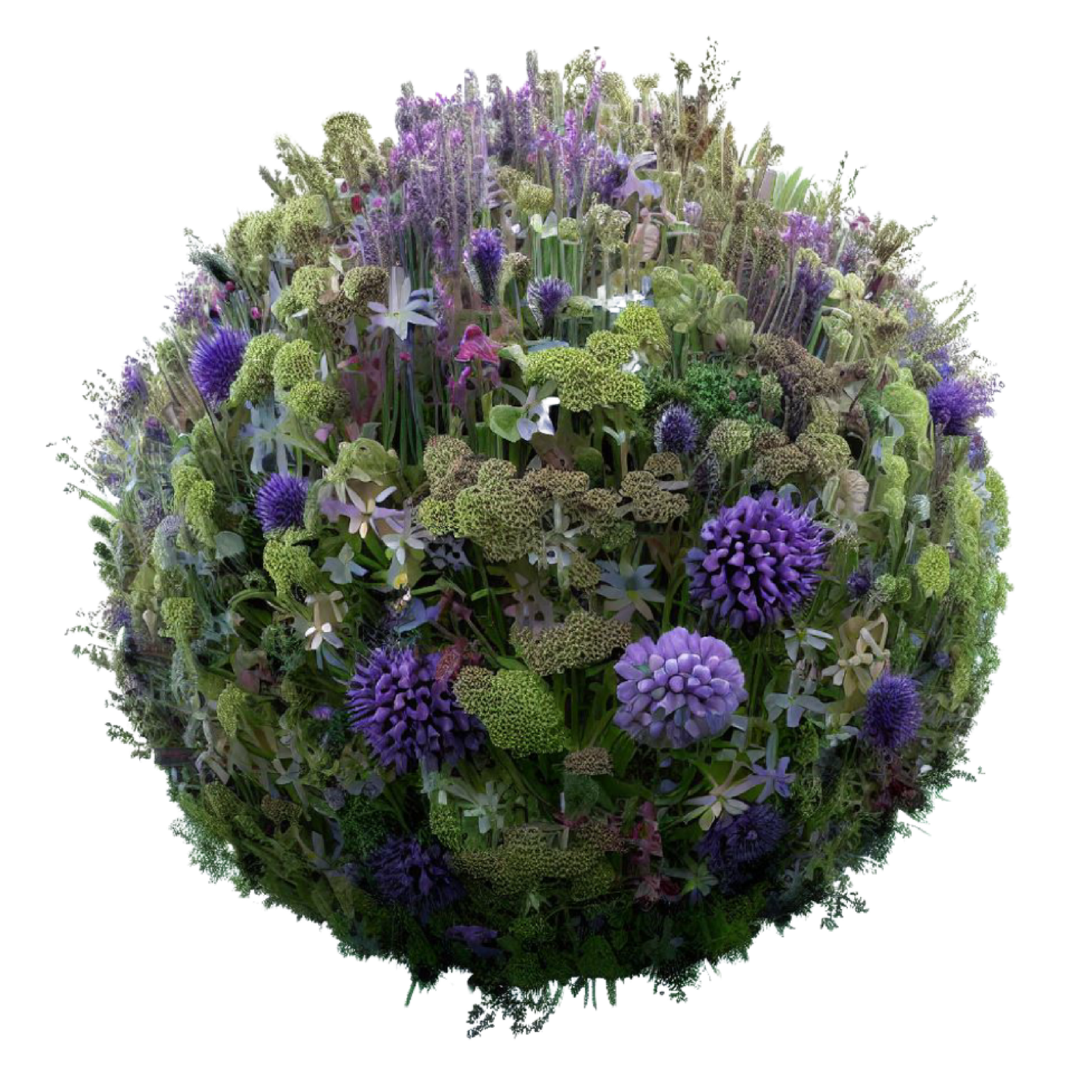Chris Dow at Closed Loop recycling in Dagenham was enthusiastic and knowledgeable. He describes the new plant – it won’t be fully operational until December – as a ‘recycling dreamland’.
When it’s running at full pelt, this brand new factory will make it possible for a plastic drinks bottle to be chucked away at the beginning of the week and be back on the supermarket shelf in the shape of another bottle 7 days later….
Recycling plastic bottles today generally means turning them into something that doesn’t come into contact with food – because there can’t be even a remote risk of contamination. The trouble with that is that it means pretty well all plastic bottles have to be made from virgin raw materials.
I went to see the recycling in action. The initial part of the process is sorting – PET plastics from HDPE – that’s essentially separating the soft drinks bottles from the milk bottles. But the plant also sorts out the different colours, bottle tops, other plastic types and it removes the metal, paper and other debris. Almost everything has a home. If it’s not recycled at the Closed Loop plant then it’s sent off elsewhere.
Given all the sophisticated equipment and the fact that many parts of the process required energy for heating or blowing, I wondered how much energy it actually saved. Apparently, the recycled plastic produced will use half as much energy to make than virgin material – so it’s well worth doing.
M&S are the main sponsors of the plant – they’re trying to maximise recycling of their plastic bottles as part of their plan A initiative. They’ve also set up a scheme to help office workers to recycle packaging waste from lunches that have been bought away from home. Domestic recycling rates are far higher than for packaging of food consumed at work, in parks or generally when we’re out and about.
There was one thing that surprised me. It’s rather complicated. Apparently, it doesn’t make sense for bottles to be made from 100% recycled materials – 50% is probably the ideal amount. More than that makes the bottle end up with a slight yellow tinge. This means that either it has to be put into a plastic sleeve, so you can’t see the colour or a small amount of blue dye is added.
Another issue is that completely recycled bottles are actually a bit of a problem in the recycling system. Given that there aren’t that many of them, I was a bit sceptical about this until Chris explained why. All the bottles are chopped into small flakes. If those flakes are have some virgin and some recycled plastic that’s fine. But if they’re all recycled it affects the quality of the end bottle, in the way I’ve described.
That’s not an easy message to get out to consumers – bottles made from 50% recycled plastic make more environmental sense than those made from 100%. Closed Loop may be recycling dreamland but recycling is not a simple business. Producing less waste is always going to be better than recycling but recycling is getting better all the time….
This Blog was originally published on Telegraph online


